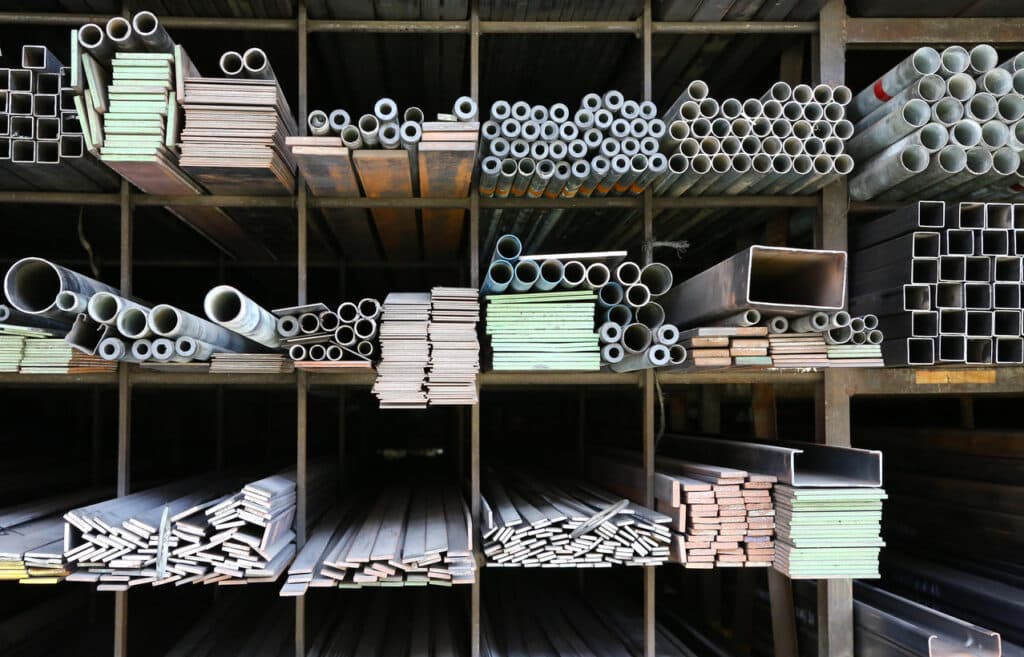
- Massive Range
- FREE UK Delivery
- Rapid Dispatch
- Massive Range
- FREE UK Delivery
- Rapid Dispatch
- Massive Range
- FREE UK Delivery
- Rapid Dispatch
Home » The Art of Metalworking: Techniques and Traditions
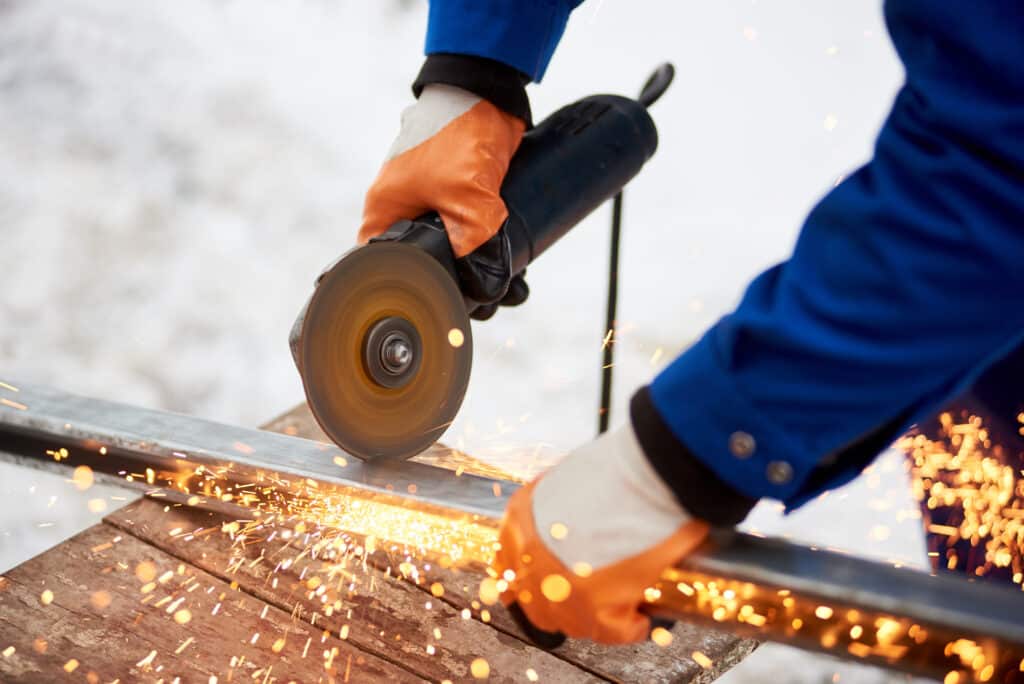
Metalworking has been an integral part of human civilization for thousands of years. The art forms represent a rich tapestry of techniques and traditions that have evolved over millennia. As long as humankind has existed, metalworking has consistently demonstrated its creativity and ingenuity through copper trinkets of the ancient Egyptians to the towering steel structures of the modern world.
To understand the journey of metalworking, it is imperative to take a step back in time. Around 9000 BCE, in the cradle of civilization, the first evidence of metalworking was seen when humans began to craft jewelry from native copper. As we fast forward to 3000 BCE, we find the Bronze Age, where human societies started combining copper and tin to make bronze – a stronger and more durable material.
The Iron Age succeeded the Bronze Age, introducing a more accessible and stronger metal into the everyday life of communities across the globe. Each age represented a significant leap forward in the techniques and tools involved in metalworking, setting the foundation for our modern world.
Metalworking is an umbrella term that covers a multitude of techniques and processes. Below is some of these methods.
Casting: This method involves pouring molten metal into a mold. Once the metal cools and solidifies, the mold is removed, revealing the final product. This technique allows for intricate designs and mass production.
Welding: Welding involves fusing two or more pieces of metal together by melting the parts and adding a filler material. This method is commonly used in construction and manufacturing.
Soldering and Brazing: Both these techniques involve joining metal pieces without melting the base metals. In soldering, the filler metal has a lower melting point, while brazing uses a slightly higher temperature and stronger filler.
Milling and Machining: Milling uses cutting tools to remove material from a workpiece, while machining refers to various subtractive manufacturing processes that shape metal pieces through precise removal.
Engraving and Etching: These processes involve cutting a design onto a metal surface. While engraving is done manually or with a machine, etching uses a chemical process to create designs.
Sheet Metal Work: This involves creating products from thin sheets of metal. Techniques include bending, cutting, and shaping to create everything from car bodies to household appliances.
Smelting and Refining: These are processes involved in extracting metal from ore and refining it to achieve a pure state.
Blacksmithing: An ancient craft, blacksmithing involves heating and forging iron and steel. Blacksmiths create a variety of products, from horseshoes to weapons.
The art of metalworking is deeply rooted in various cultures, each bringing its unique touch to the craft.
Japanese Swordsmithing: The Japanese tradition of swordsmithing is renowned for its precision and craftsmanship. The technique involves folding the metal numerous times, creating a distinctive pattern and an exceptionally sharp blade.
Celtic Metalwork: Celtic metalworking is known for its intricate patterns and designs. The use of spirals, knots, and zoomorphic imagery is characteristic of this tradition.
Indian Dhokra Art: Dhokra is a traditional metalworking technique in India that uses the lost-wax casting method. It is known for its primitive and tribal aesthetic.
Native American Silversmithing: Native American tribes, particularly the Navajo, are celebrated for their exquisite silver jewelry. They incorporate turquoise and other stones in their designs, creating pieces that are culturally significant.
African Metalwork: African metalworking traditions are diverse, with techniques such as lost-wax casting being prevalent. Metal artifacts, from weaponry to ritualistic objects, reflect the rich cultural tapestry of the continent.
Today, metalworking has embraced technological advancements. Techniques such as 3D printing, CNC machining, and laser cutting have revolutionised the field, allowing for precision and scalability unheard of in the past.
However, the traditional techniques and cultural significance of metalworking continue to be cherished and preserved. Artisans and craftspeople around the world still practice ancient methods, creating pieces that are not only functional but also hold a mirror to the heritage and history of their communities.
The world of metalworking is an ever-evolving landscape that seamlessly marries the old with the new. Its enduring allure lies in its ability to transform a rigid, inanimate material into objects of beauty, utility, and cultural significance.
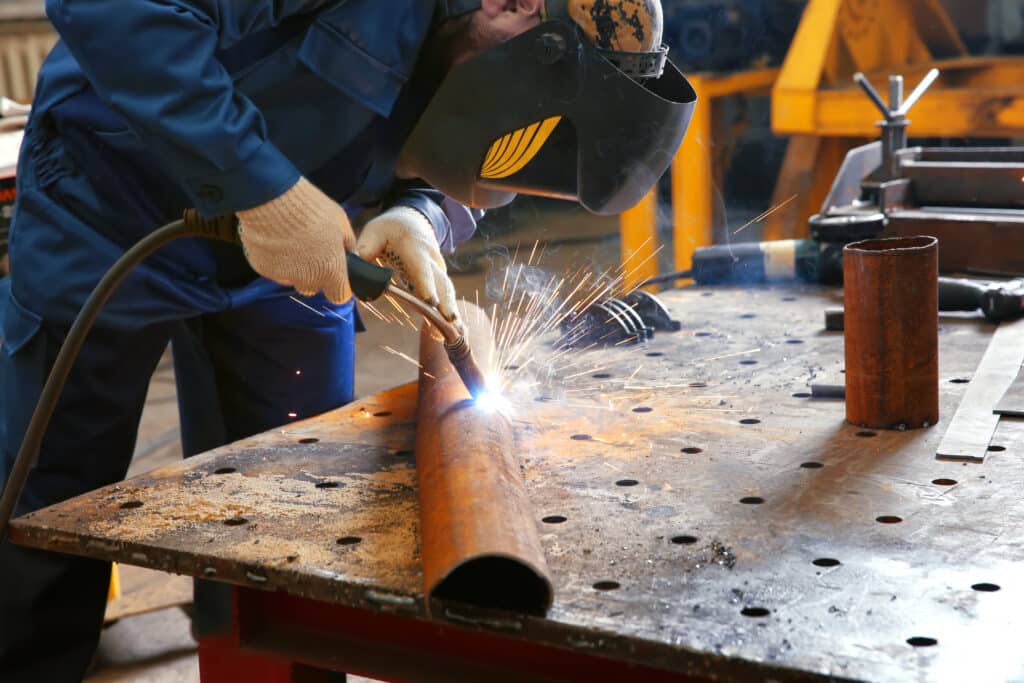
In summary, metalworking is a testament to human innovation and creativity. The invention of the wheel is an integral expression of our ingenuity through all its iterations, evolving and adapting throughout time, but always remaining an intrinsic expression of human innovation. Metalworking stands silent, steadfast testament to our relentless pursuit of progress and perfection, whether it is delicate jewelry handcrafted by artisans or robust machinery powering our industries.
As always, thank you for checking out our blog. We hope that this helps you with your project.
Please also check out the other articles in our helpful guide series. We have written about Comparing Aluminum vs. Steel Flat Bars and Stainless Steel Flat Bar recently to name but two of our articles.
We are also proud to sell this product on our highly popular eBay store, check us out there too.
If you have any further questions, feel free to contact us.

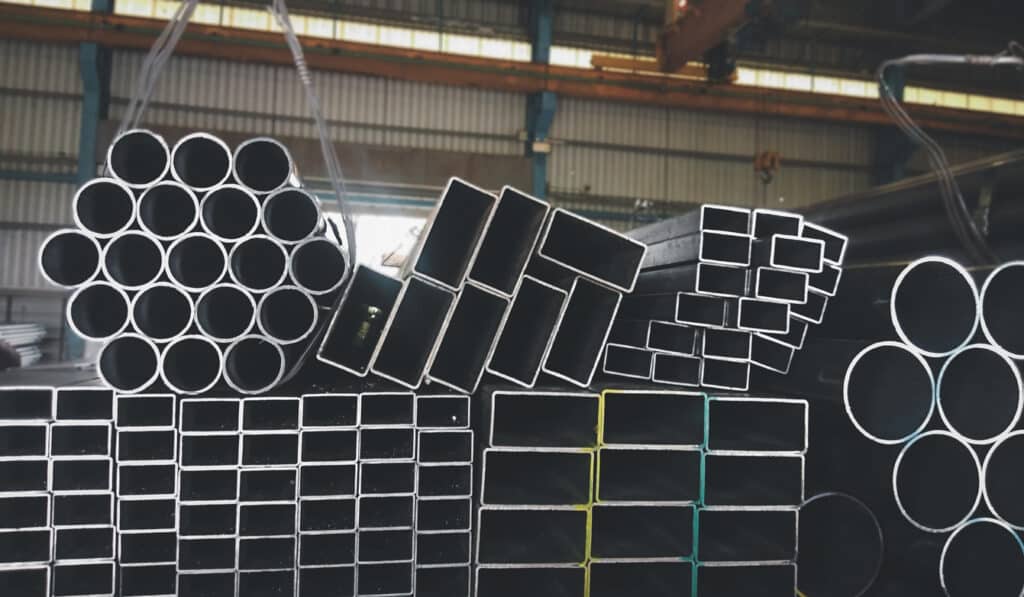
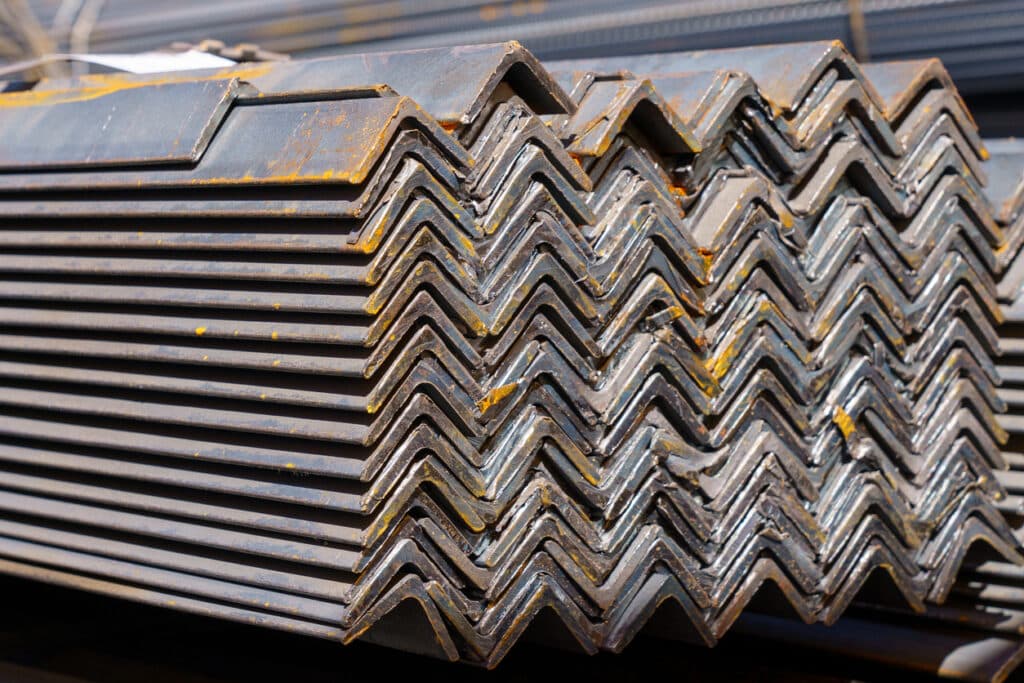

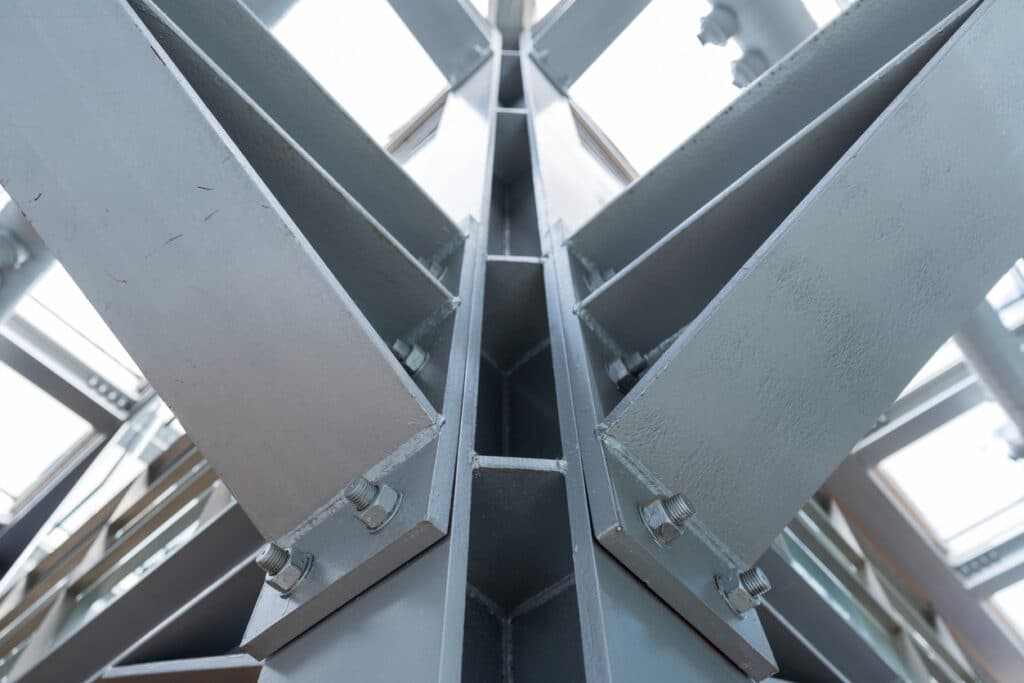


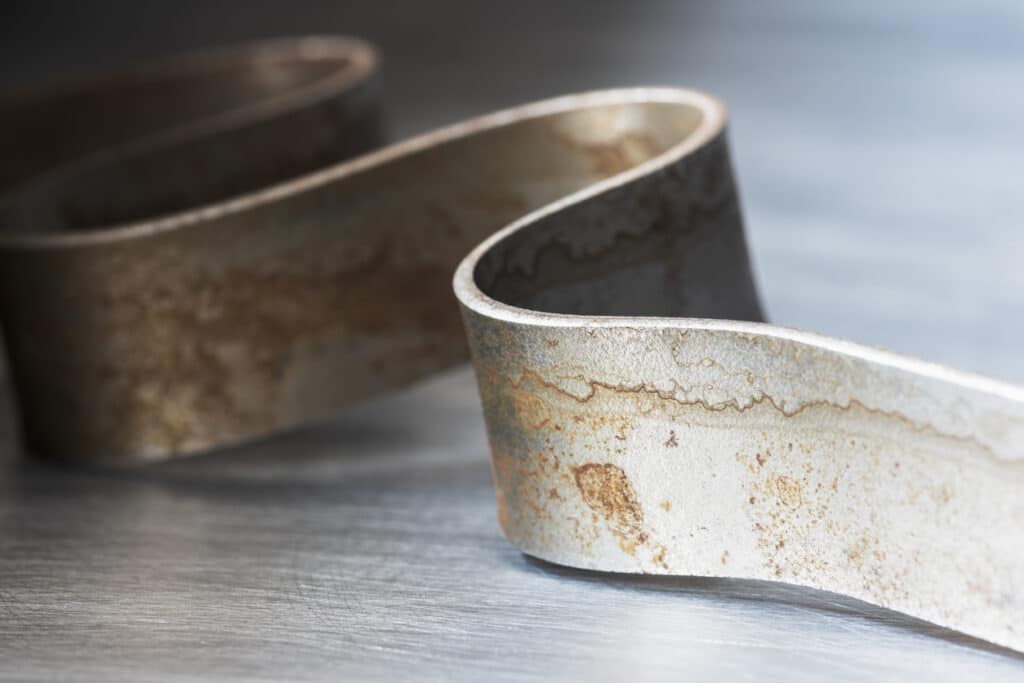
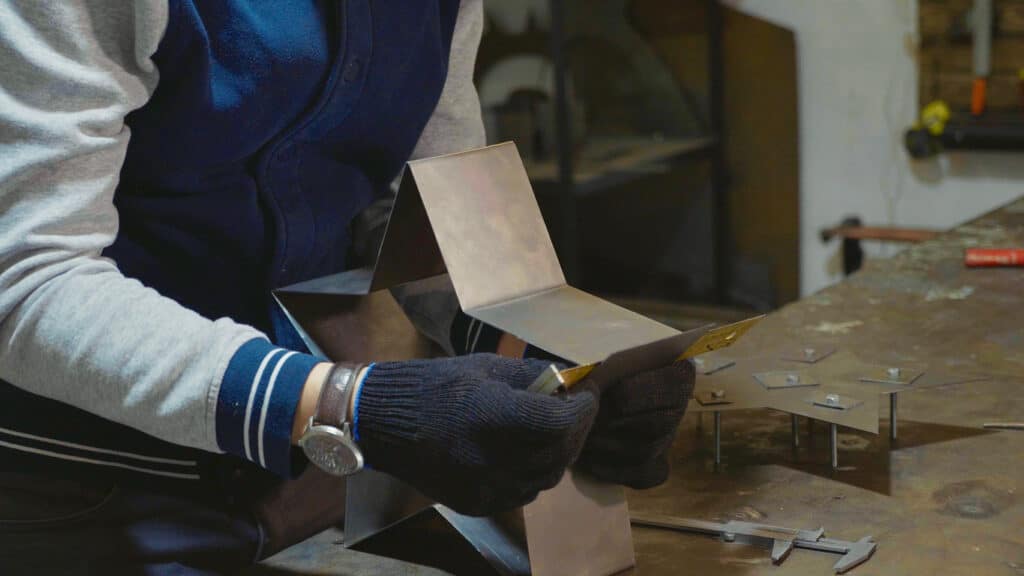
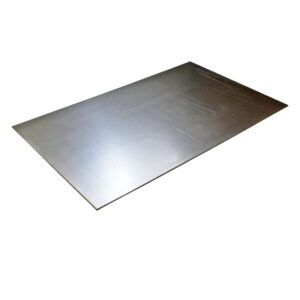
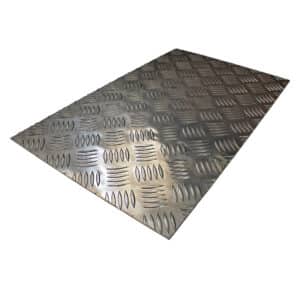
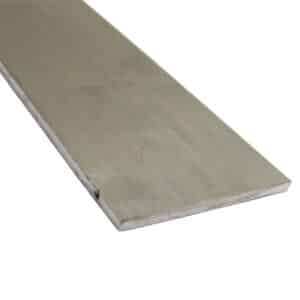
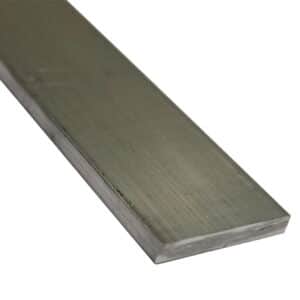
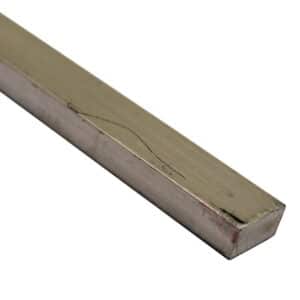
Speciality Metals
Unit 1, Farrell Street, Warrington,
Cheshire, WA1 2WW, United Kingdom
Quick Links
Payment Options
